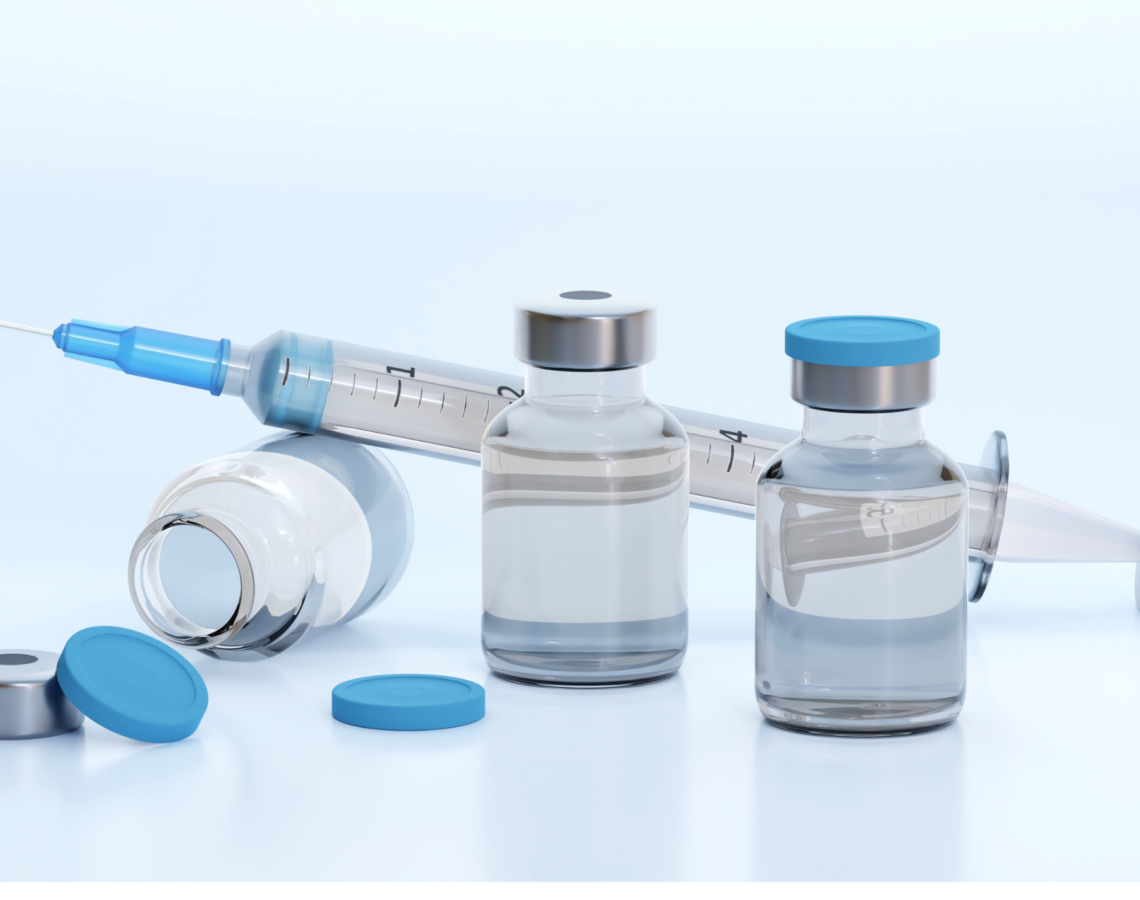The Honey Bee Vaccine

Every few months it seems we see a big news piece make the news cycles on honey bees, and the year started off with quite the headline: A biotech company out of Georgia announced they have been granted a conditional license by the U.S. Department of Agriculture to produce and sell a vaccine for honey bees. This is the very first vaccine developed for insects. The media ran with it, and if you followed along, you saw that it has been portrayed by many journalists as the savior we’ve all been waiting for to help us “save the bees!” I’ve been getting a lot of questions about the vaccine, so today I thought I would share with you the real story behind the headline, and what this could potentially mean for you and your bees.
What is the vaccine intended to do? The vaccine has been developed to help protect honey bees against a disease known as American Foul Brood (AFB). AFB is a bacterial disease of honey bee brood caused by a spore forming bacteria that multiplies in the gut of the infected bee. It is spread by feeding contaminated food to developing larvae. The bacteria that causes AFB can survive for dozens of years, and is extremely contagious. These spores can also be spread through tools and equipment or through honey and pollen from infected hives. Once a colony with AFB fails, it can also then be spread via robbing bees stealing honey from the infected colony.
How will the vaccine be administered? When I first saw the headline, this was my first question. Because worker honey bees have a lifespan averaging 6 weeks and hundreds of new worker bees emerge every day, I knew that the vaccine would have to be administered to the queen with the intent that the immunity would pass along to her young (I mean, can you imagine trying to get a vaccine into a colony of 50,000 bees that are constantly turning over. You’d be busy!) Turns out, the vaccine will actually be fed indirectly to the queen bee by first providing the vaccine to the worker bees via a food source (presumably in sugar water). A group of nurse bees, called worker bees, feed the queen royal jelly, a food produced from glands on the sides of their heads called hypopharyngeal glands. After consuming the vaccine, the royal jelly produced by these nurse bees will contain the vaccine and then will be fed to the queen. Fragments of the vaccine will be deposited into her ovaries, and any larvae produced by the queen may have immunity from the disease.
Why is this important? American Foulbrood had a devastating effect on honey bee colonies in the United States in the 1920s, but the rate had dropped significantly in the last 100 years and it is now far less prevalent. (I have been unable to find numbers for Texas, but the Maryland Department of Agriculture cites that almost 20% of hives had AFB in the last 1920s, compared to 2% in 1999.) But, the fact remains that AFB is very dangerous: it is highly contagious and can persist in equipment and honey for many decades. Once a colony with AFB fails, it can also then be spread via robbing bees stealing honey from the infected colony. AFB is not curable and because it spreads so quickly, many states have laws requiring your colonies and hives be destroyed if they test positive.
What does this mean for you? Probably not much, at least in the short term. The vaccines will be made available on a limited basis initially to some commercial beekeepers. Commercial beekeepers are the ones most at risk for highly contagious diseases because they run and transport many thousands of colonies (in very close proximity) all over the Unites States for pollination services. Though AFB is truly the most devastating honey bee disease, the chances you will ever see it is pretty rare. (By the way, this is not meant to belittle the effects of this disease. If you do ever suspect you may have it, you can buy diagnostic tests or call your state Apiary Inspection Service.)
Some questions I still have: Given the vaccine was just approved, it is likely that a lot more testing will need to be done before we truly know its efficacy. A few unanswered questions for me include:
How often does it have to be administered? Does the vaccine have to be fed to the worker bees at some regular interval? At scale in a commercial beekeeper apiary (and not in a laboratory), I’m curious how the beekeeper will be assured that the correct dosage is provided given it’s fed in an indirect manner.
What is the level of immunity provided given the reliance on immunities being passed through the mother, and not through a direct vaccine for all bees? I am by no means an expert in this area, but it seems to me it is very similar to the immunities a child would receive from a vaccinated mom through her breastmilk. I am aware, however, that not all immunities from all vaccines I received were passed to Atlas, my son. I’m curious what the level of immunity is when received ‘second-hand’ and what determines what gets passed down..
No doubt we will hear a lot more about the vaccine in the coming years, and as I learn more I’ll be sure to share with you. Do we have any beekeepers out there that also happen to be doctors/experts in this field of study? Or are you a beekeeper that has other unanswered questions? Share with me in the comments below!



Leave a Reply